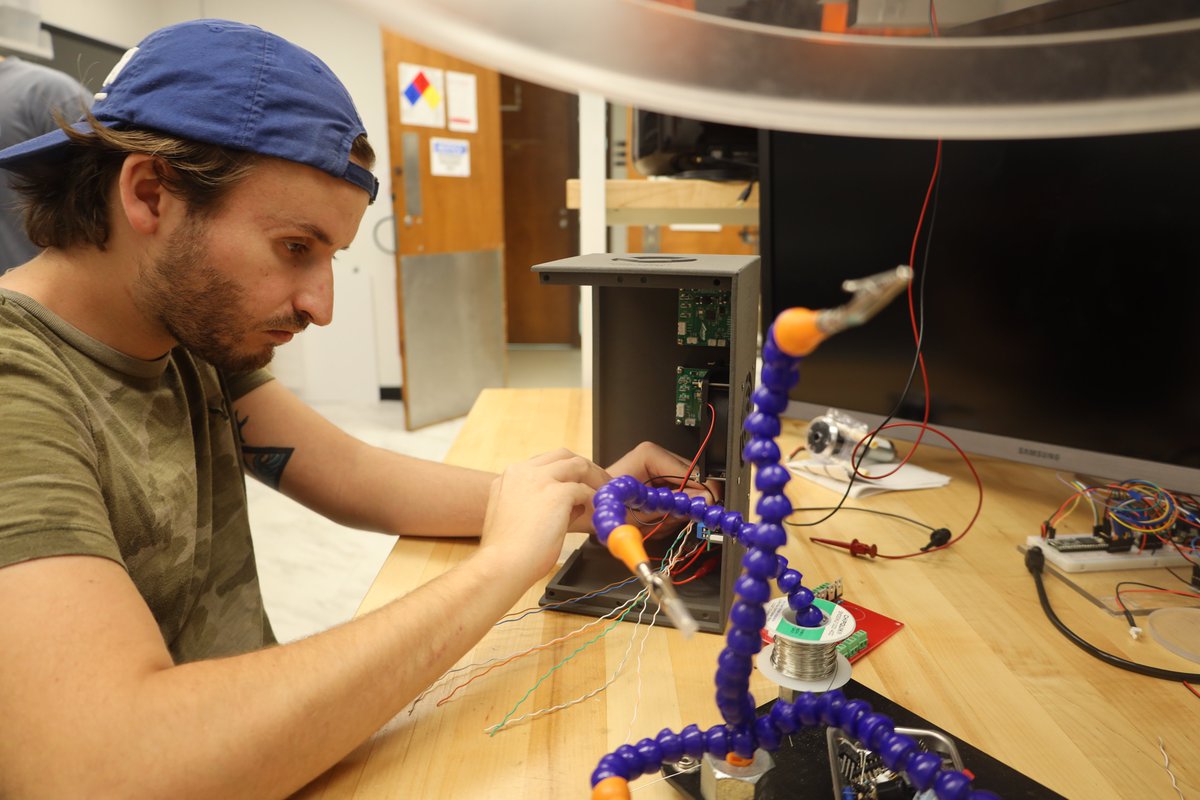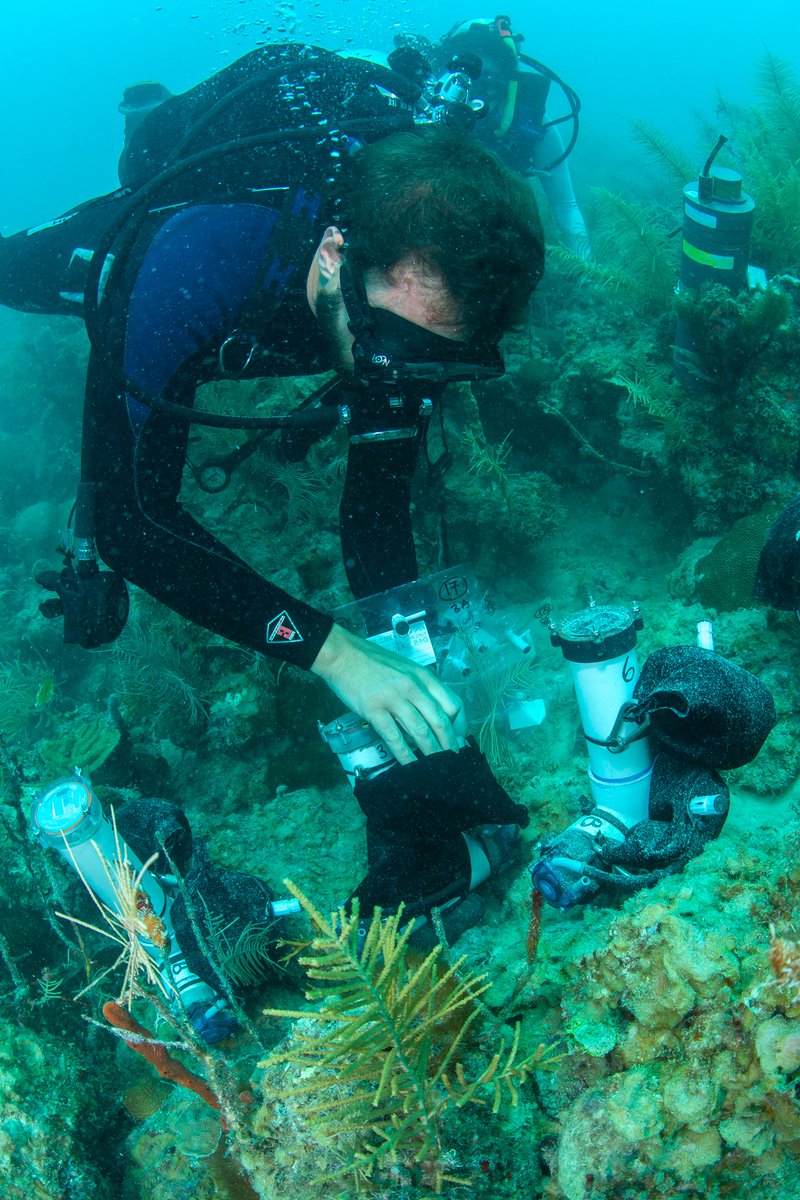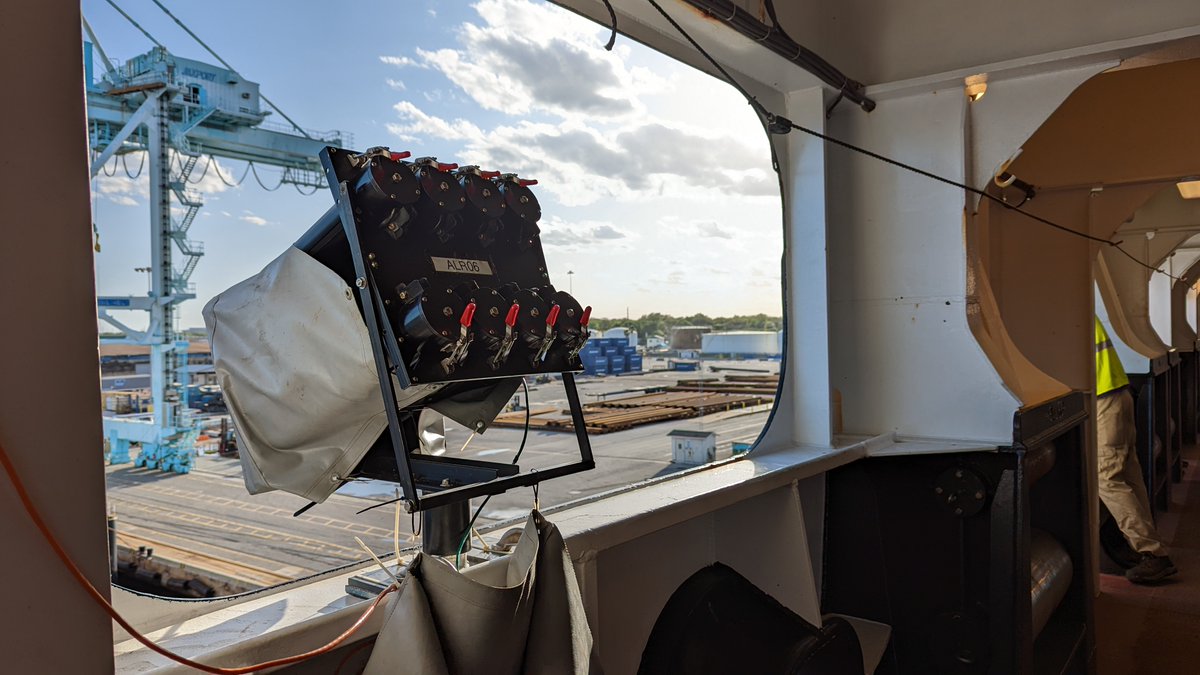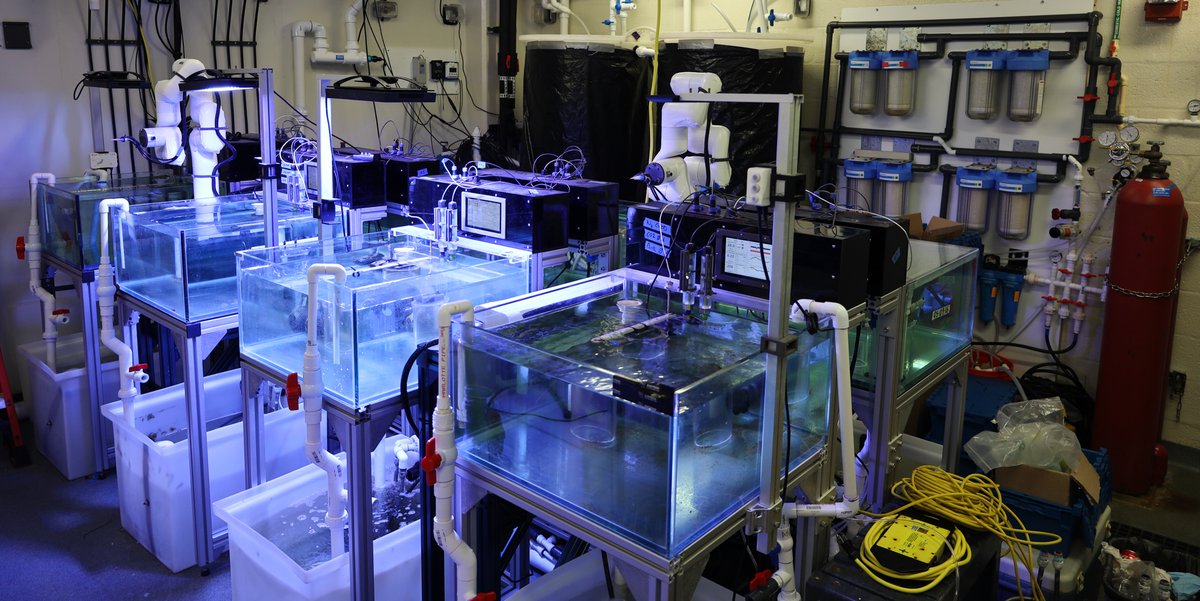
NOAA Atlantic Oceanographic and Meteorological Lab
@NOAA_AOML
Atlantic Oceanographic & Meteorological Laboratory: A @NOAA research lab improving ocean services, ecosystem management, and hurricane research for the nation.
Inside Hurricane Milton, @saildrone reported wave height of 28.12 feet and wind gusts as strong as 75.95 mph while 40 nautical miles from the center of the storm. This research represents a collaborative endeavor to better understand the role of the ocean in hurricanes.
Job Alert! Northern Gulf Institute (NGI) is hiring a Post-Doctoral Associate to help lead a marine environmental DNA (eDNA) biodiversity analysis effort at #AOML. Apply here: explore.msujobs.msstate.edu/cw/en-us/job/5…
AOML scientists co-hosted a Symposium on Emerging Technologies for High Impact Weather with the University of Reading to facilitate discussions among subject matter experts from both sides of the Atlantic. Read more here: aoml.noaa.gov/joint-us-uk-sy…

From drones to ocean gliders, NOAA uses cutting-edge technology to gather critical data inside the heart of hurricanes. NOAA Lapenta Intern, Will Cano, explains how the data gets from the field into the hands of forecasters @NWSNHC. #WeatherReady #Hurricanes #HurricaneSeason
What you’re seeing are fragments of coral. Placed in isolated jars within an independent aquarium as scientists at AOML and @cimas_rosenstiel examine the impacts of exposing them to acidic and hypoxic conditions during a major new experiment. Explore: aoml.noaa.gov/fresca/#Module…
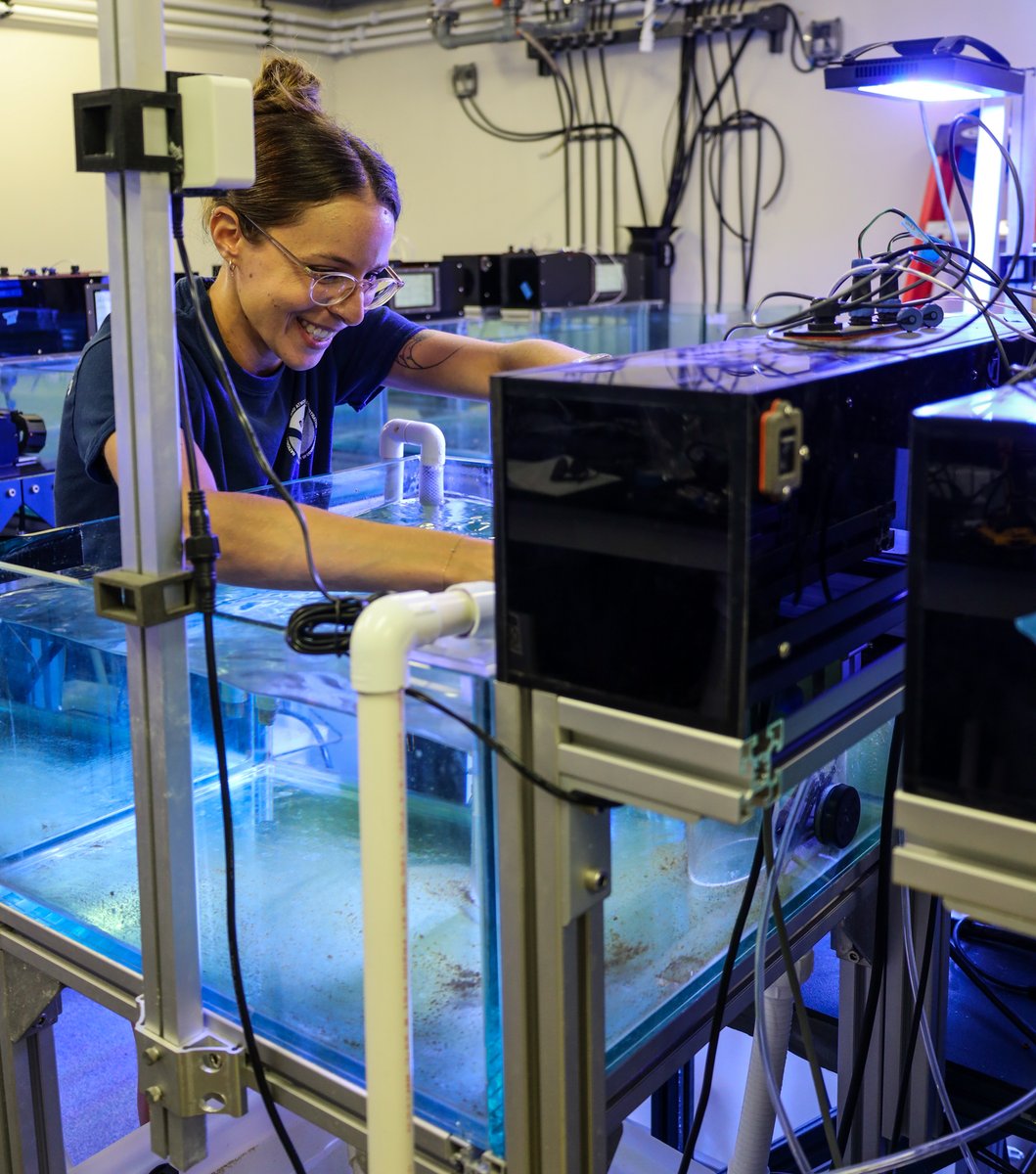
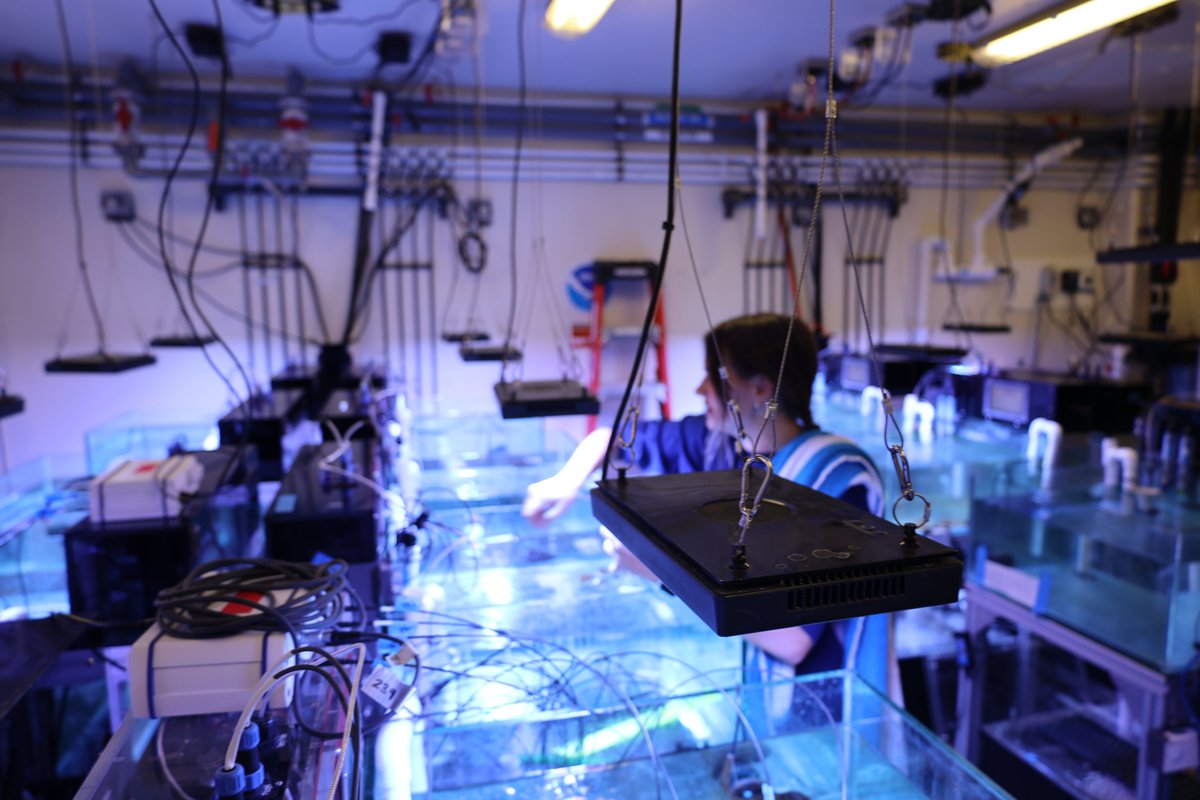
Scientists with AOML’s Ocean Biogeochemistry Group have successfully deployed two new Biogeochemical-Argo floats within the Gulf of America in a collaboration with NOAA’s Southeast Fisheries Science Center (SEFSC). Learn more here: aoml.noaa.gov/biogeochemical…
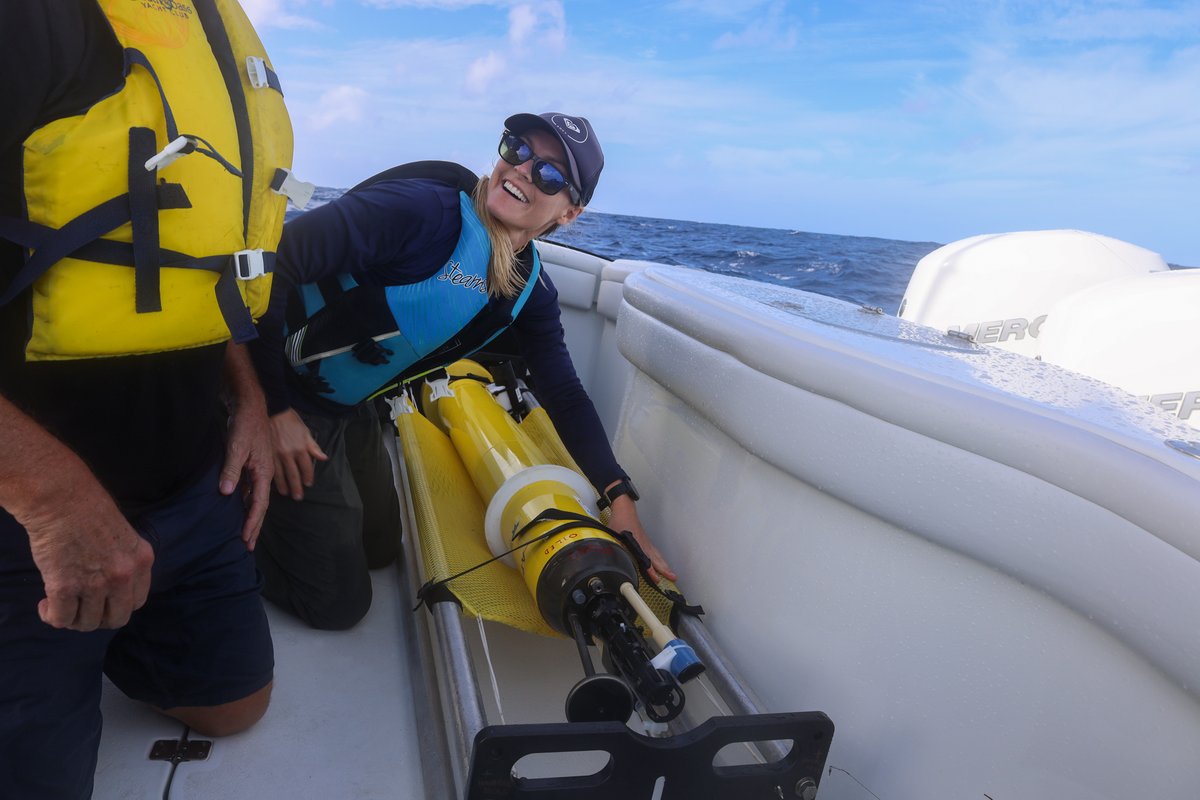
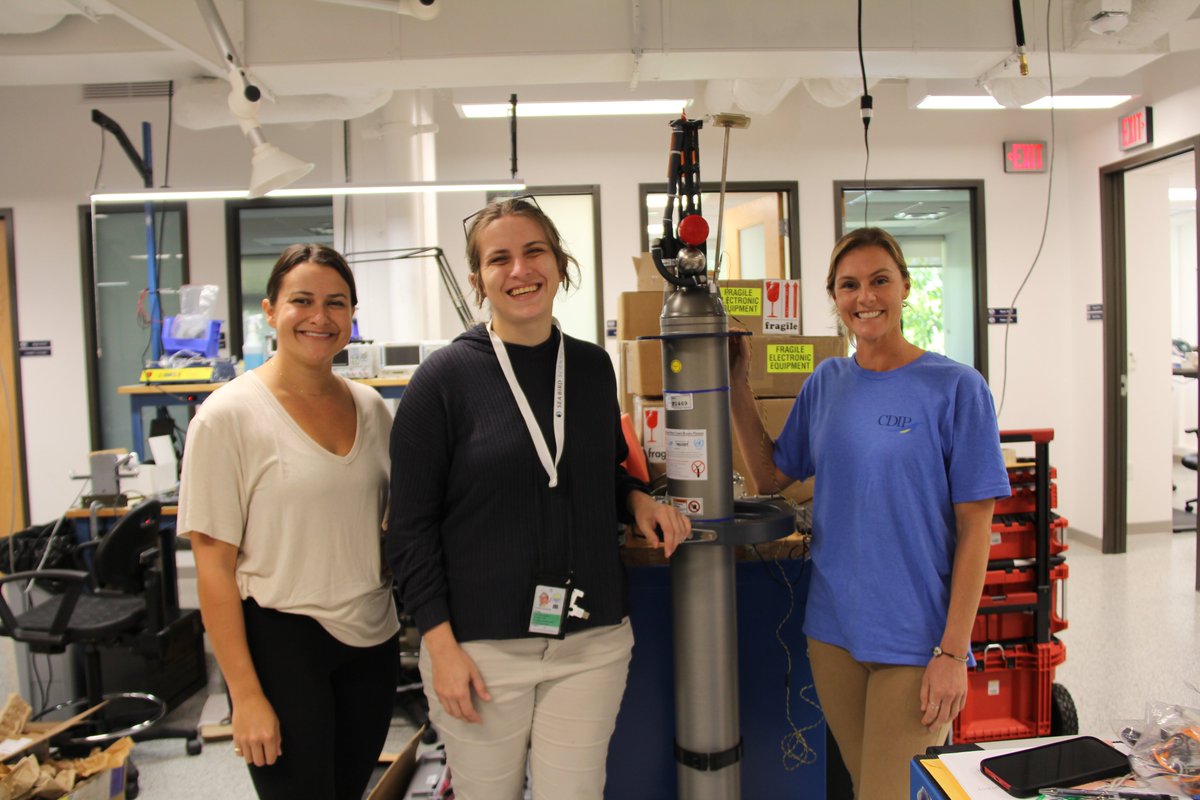
Dive into the world of ocean observations! 🌊 Our new data visualization showcases the incredible variety of data collected or processed by AOML in 2024! View map here: youtube.com/watch?v=TklMfQ…
Using newly-developed robotic technology, scientists at AOML found the spread of SCTLD may be hindered by very high sea surface temperatures for one coral species. Learn about this study, funded by @FLDEPNews and @NOAAResearch, and new technology here: aoml.noaa.gov/coral-disease-…
Instruments like Argo floats and drifters have revolutionized physical oceanography, improving weather forecasts, rescue efforts, and our understanding of the ocean’s role in Earth’s systems. Read all about it in a new web-story on AOML’s website: aoml.noaa.gov/technologies-a…
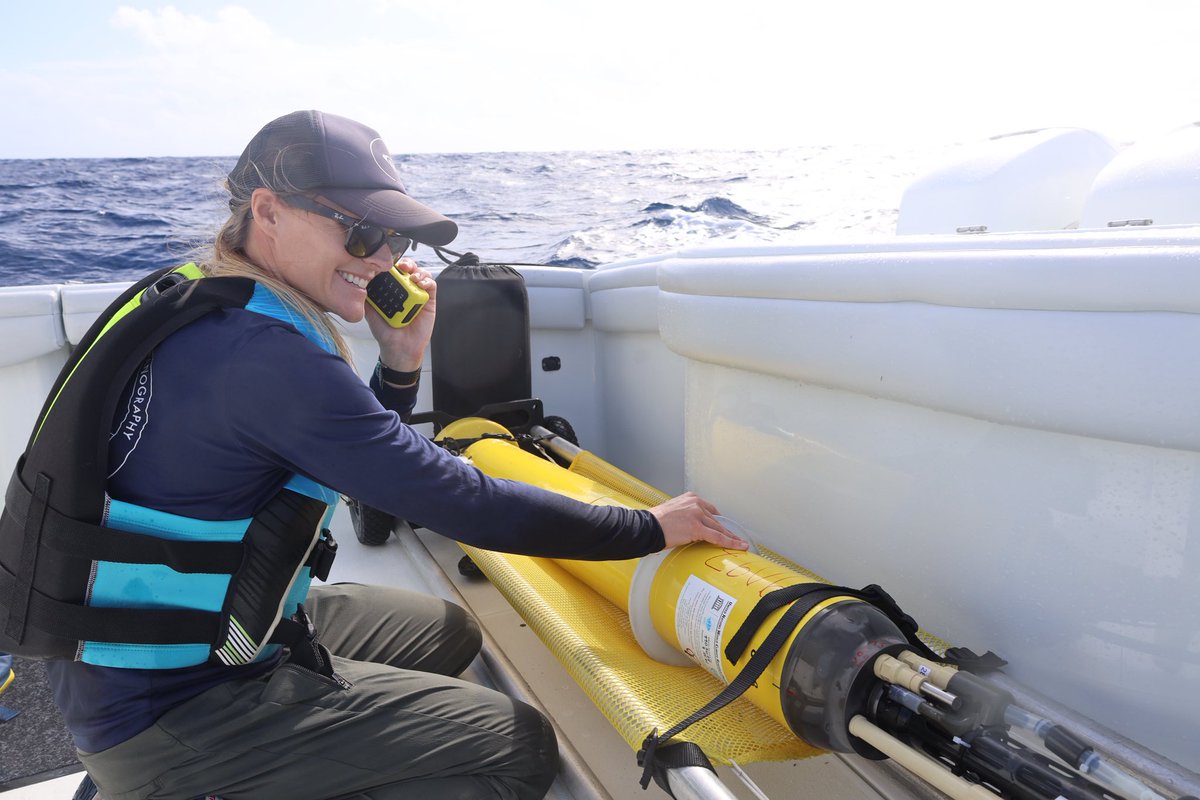
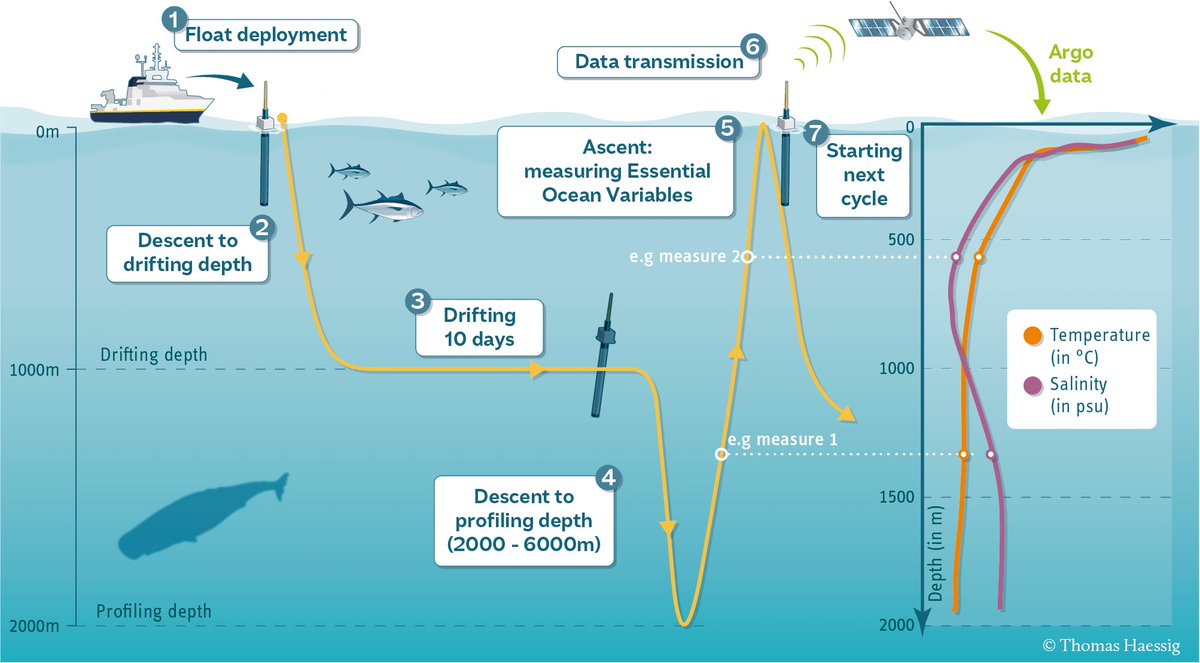
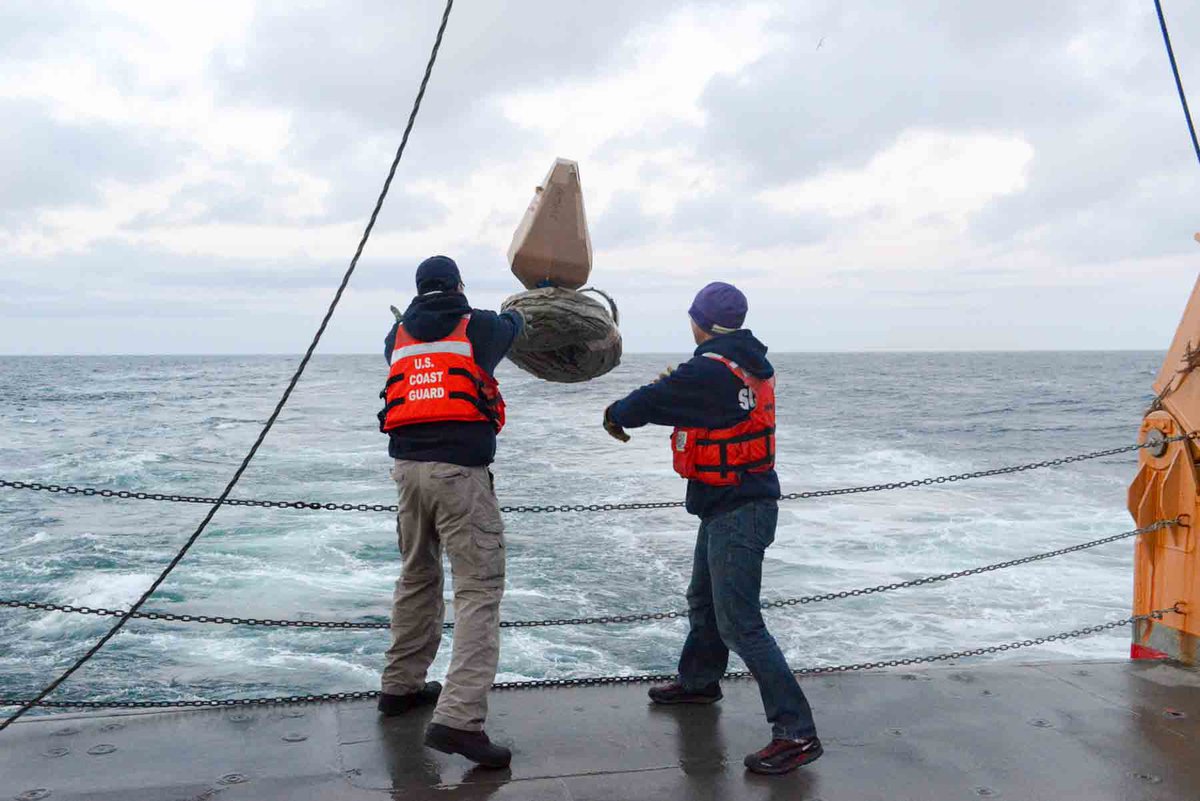
A new study by scientists at AOML shows how we can use existing monitoring data collected over decades to investigate complex changes in seawater chemistry in the Florida Keys. Click the link: aoml.noaa.gov/a-new-model-pr…

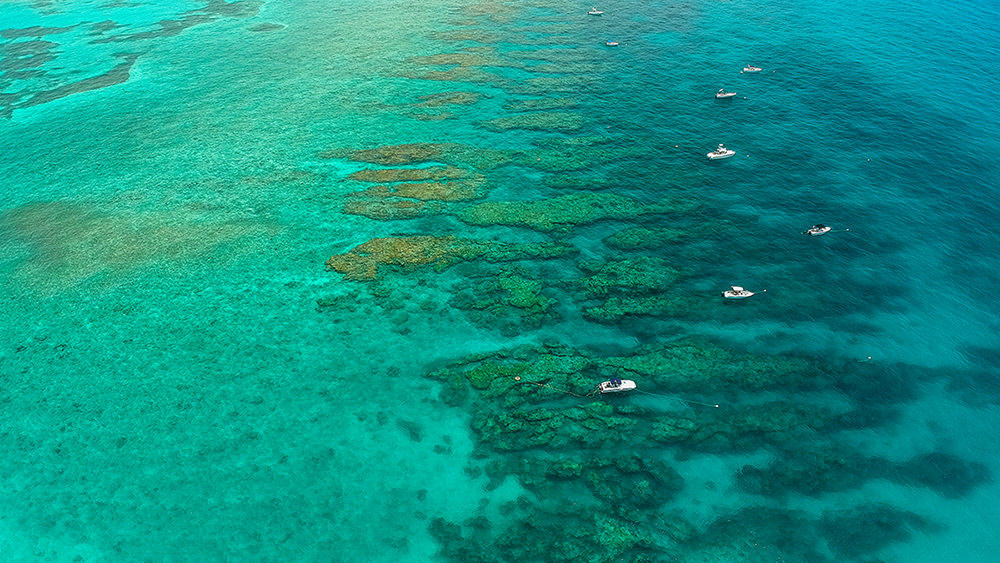
June 1st not only marks the start of hurricane season, it is also the start of National Ocean Month! To kick off this year’s Ocean Month, we are looking at the major role the ocean plays in the formation of hurricanes and their evolution. 🌀🌊Read more: bit.ly/4dKKRwV
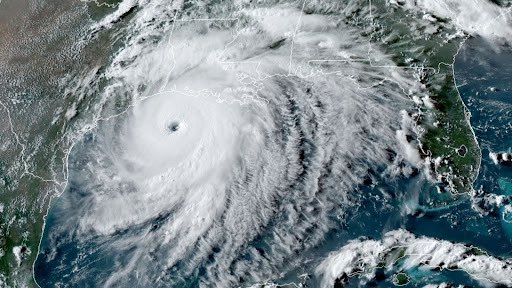
As the sun set over Miami on April 23rd, AOML & CIMAS scientists got what they’d waited nearly 3 years for: urban coral spawning. Not in the field—but in a hatchery! These resilient urban coral babies could be key to reef restoration.
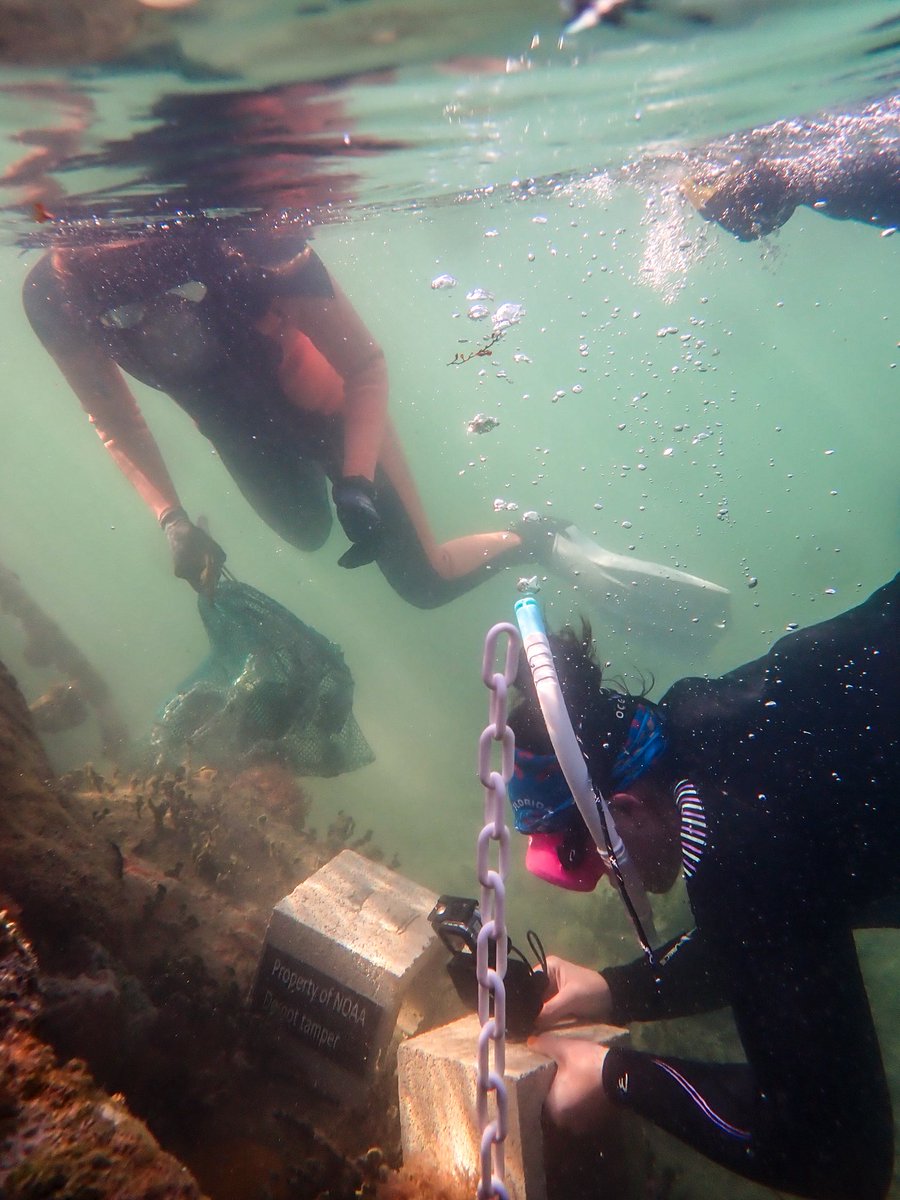

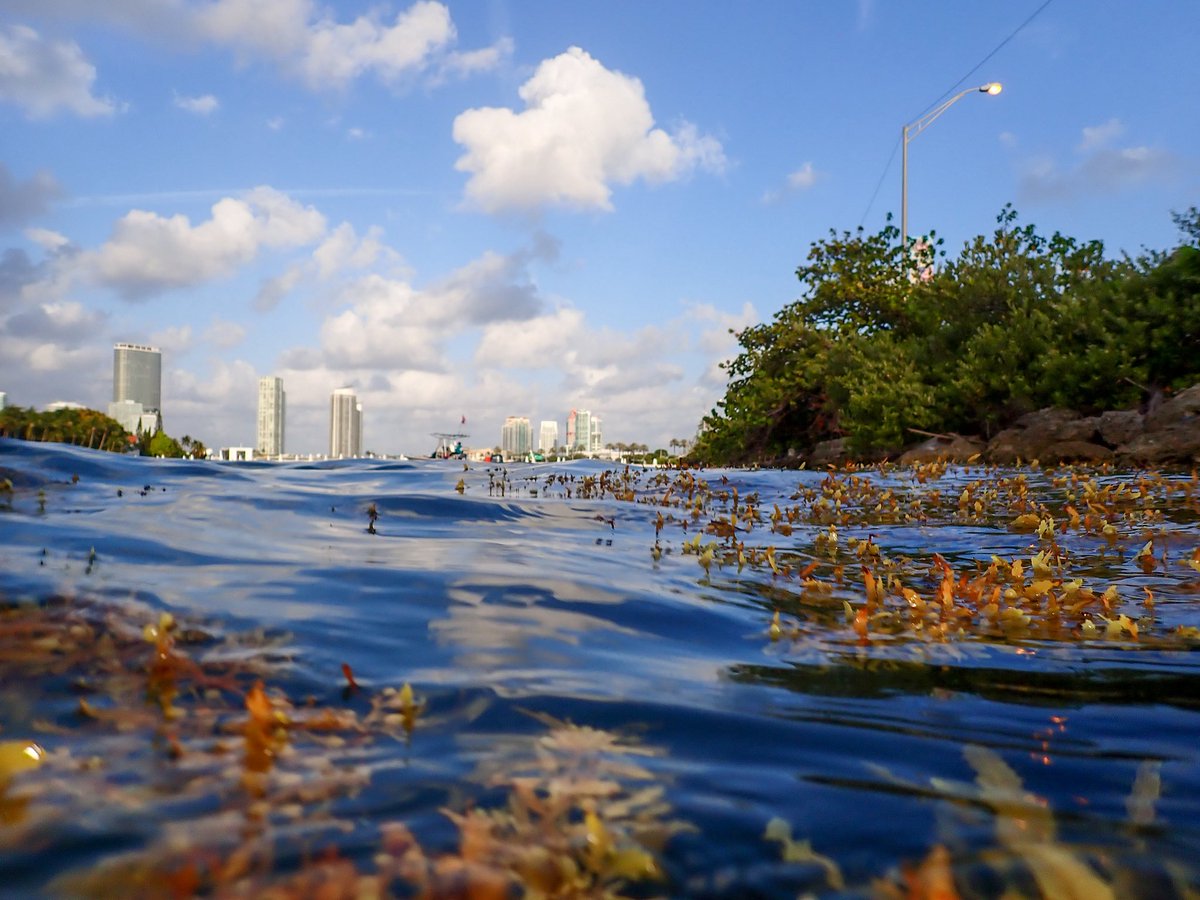

The 2025 Go-SHIP I09N cruise is complete! Leah Chomiak, @cimasrosenstiel postdoctoral associate and oceanographer, served as Co-Chief Scientist on the cruise, while Chuck Featherstone, NOAA scientist, served as a Dissolved Inorganic Carbon analyst. Stay tuned for more details!
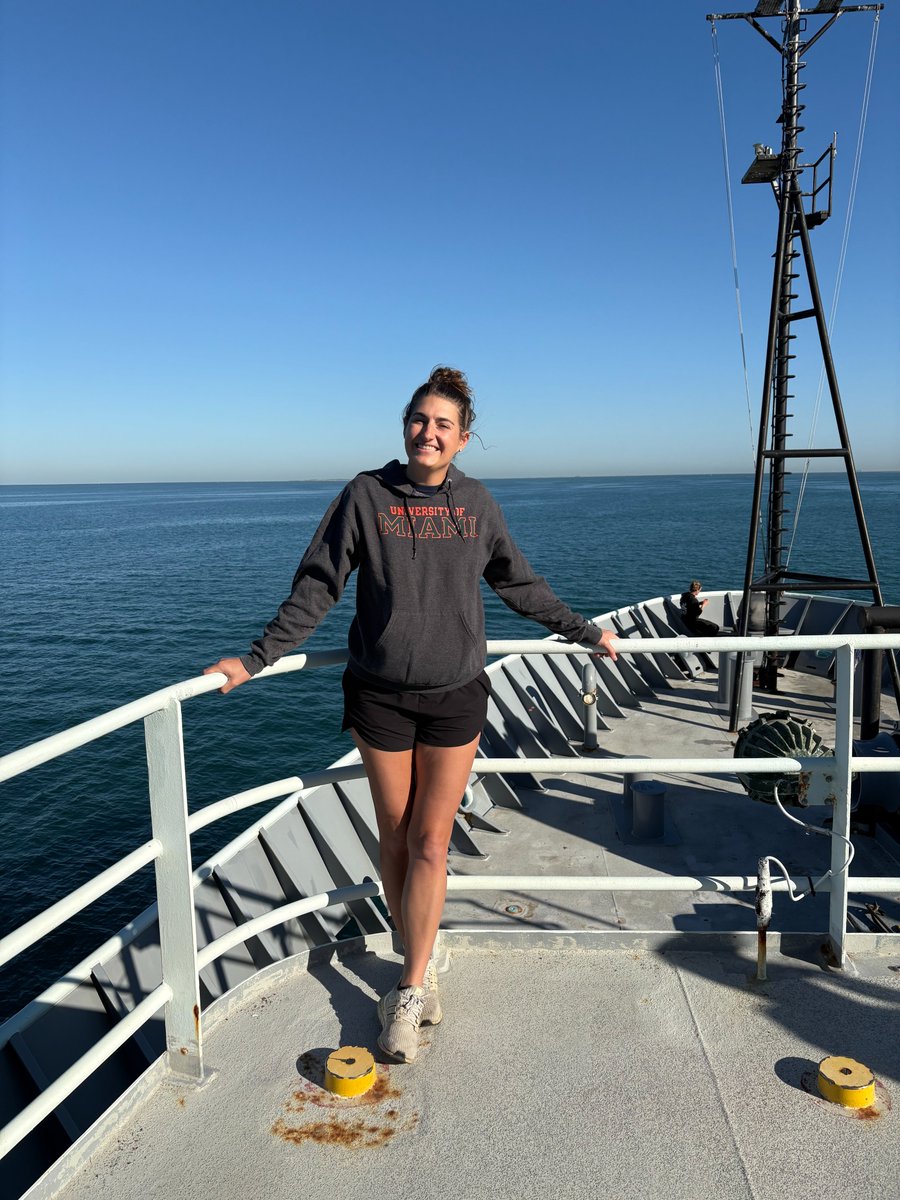
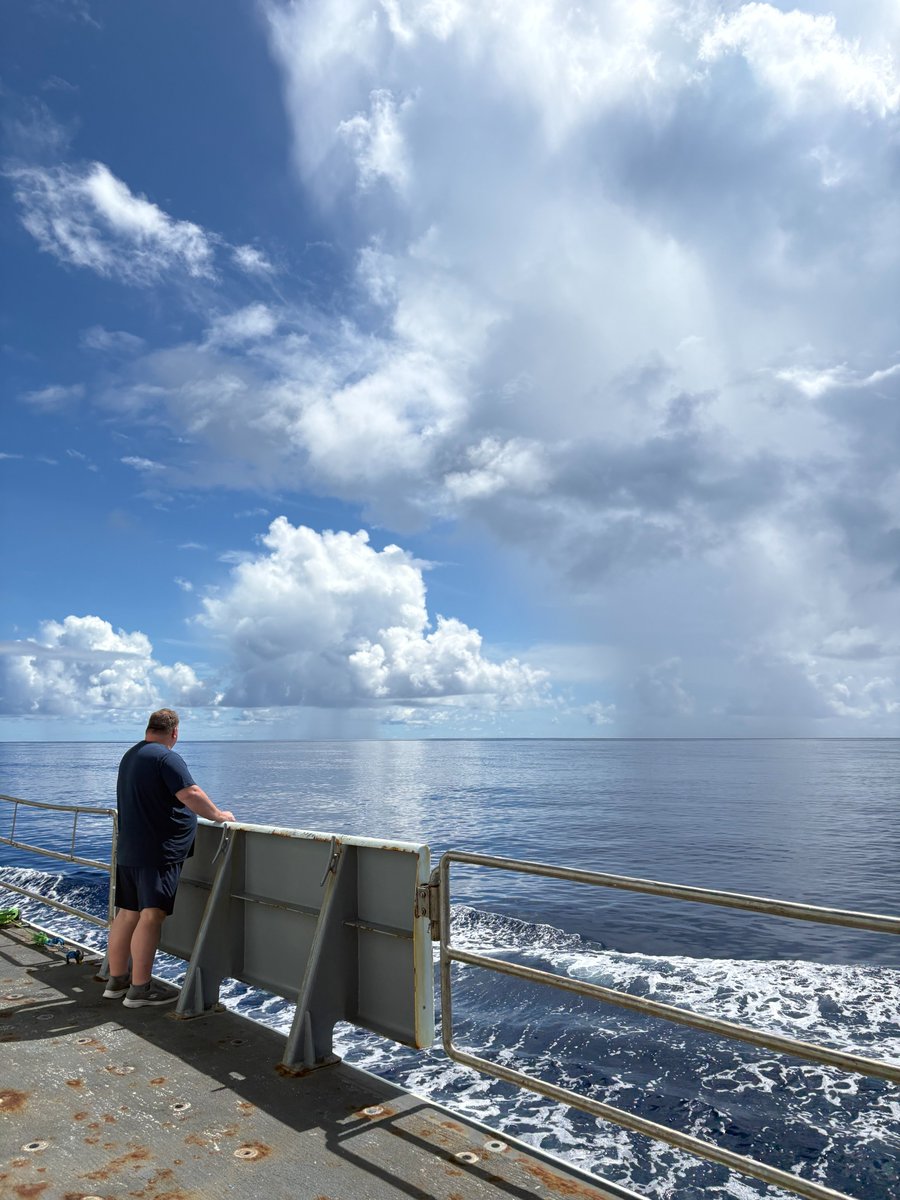
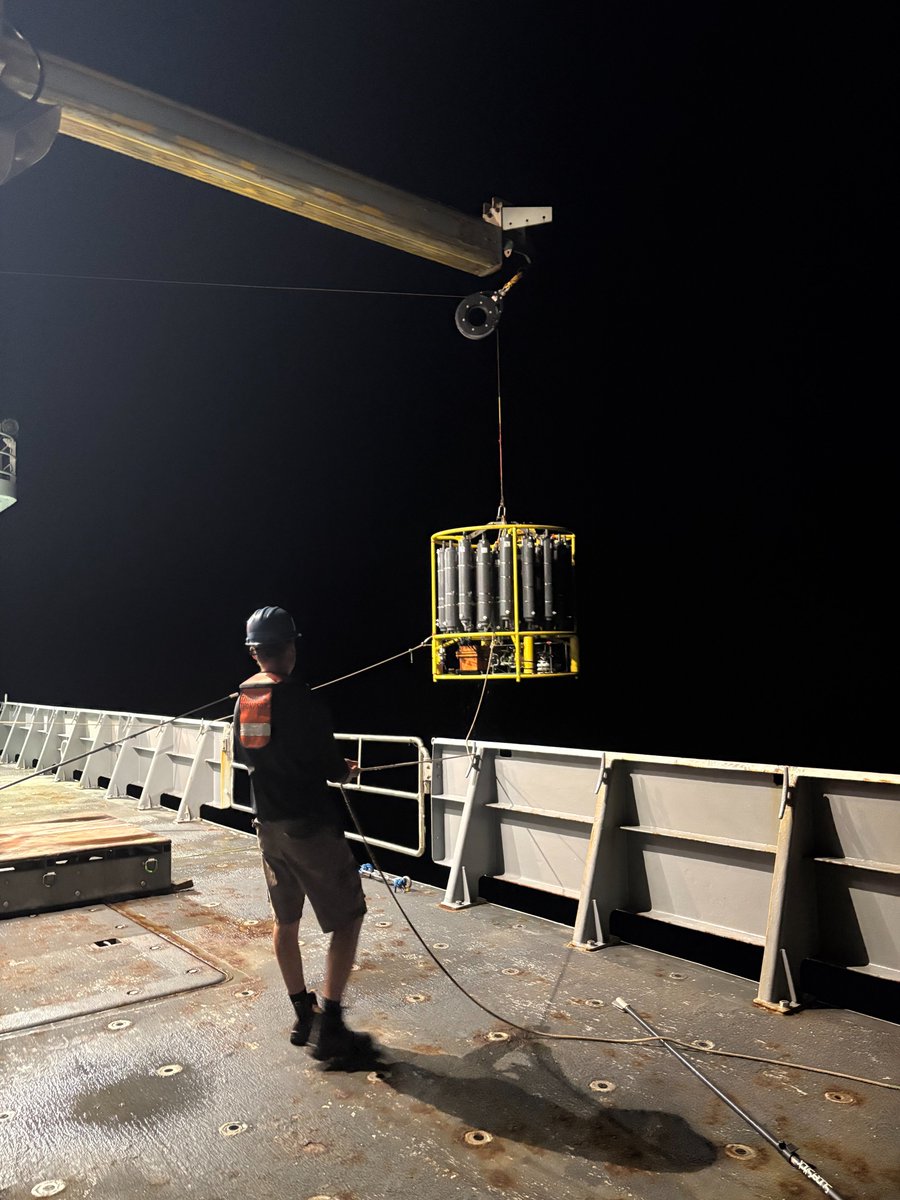
#FieldWorkFriday Two scientists at AOML are out at sea on the GO-SHIP I09N hydrographic cruise! 🌊🚢 @CIMASRosenstiel scientist, Leah Chomiak, will serve as Co-Chief Scientist on the cruise while NOAA scientist, Chuck Featherstone, measures Dissolved Inorganic Carbon. Stay tuned!
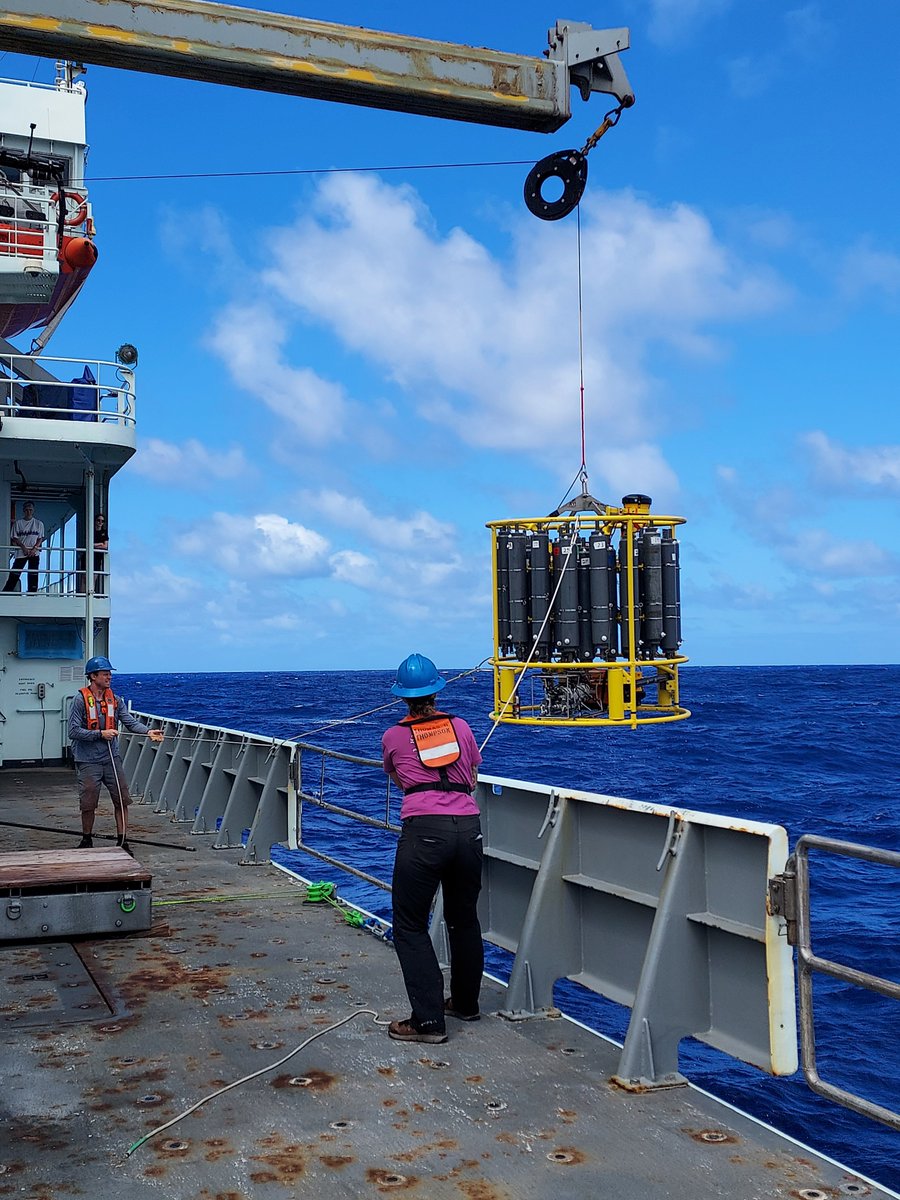
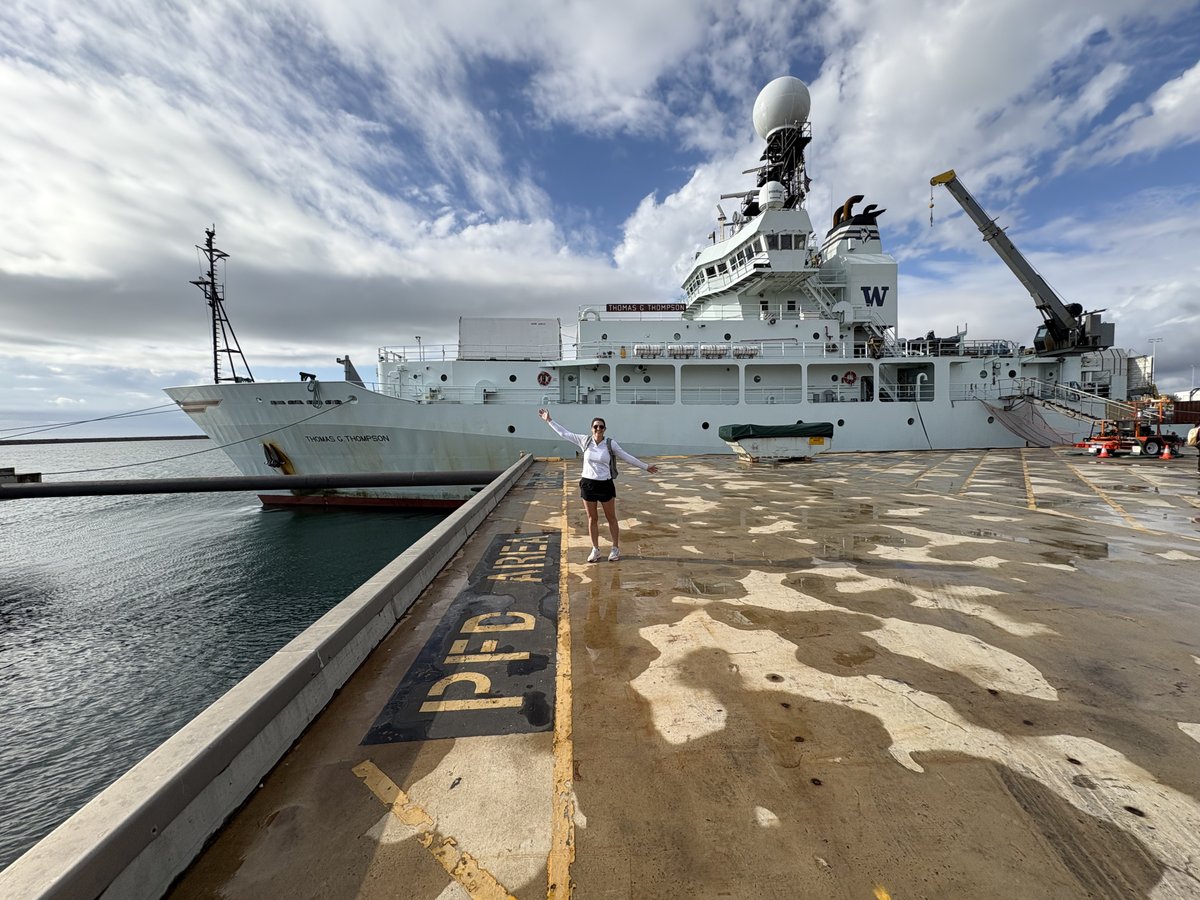
In a new study, scientists at AOML and @CIMASRosenstiel demonstrated how some genotypes of the reef-building coral A. cervicornis proved resilient when exposed to high nutrient levels or disease, but not when the two stressors were combined. Click here: aoml.noaa.gov/new-study-demo…
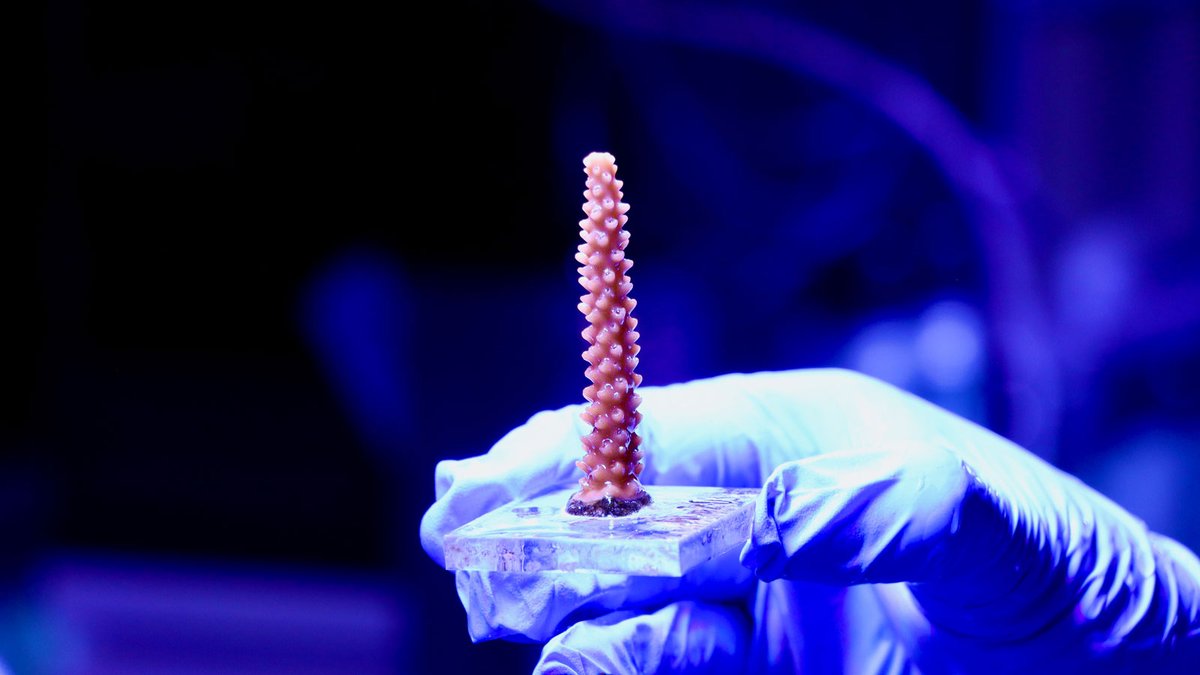
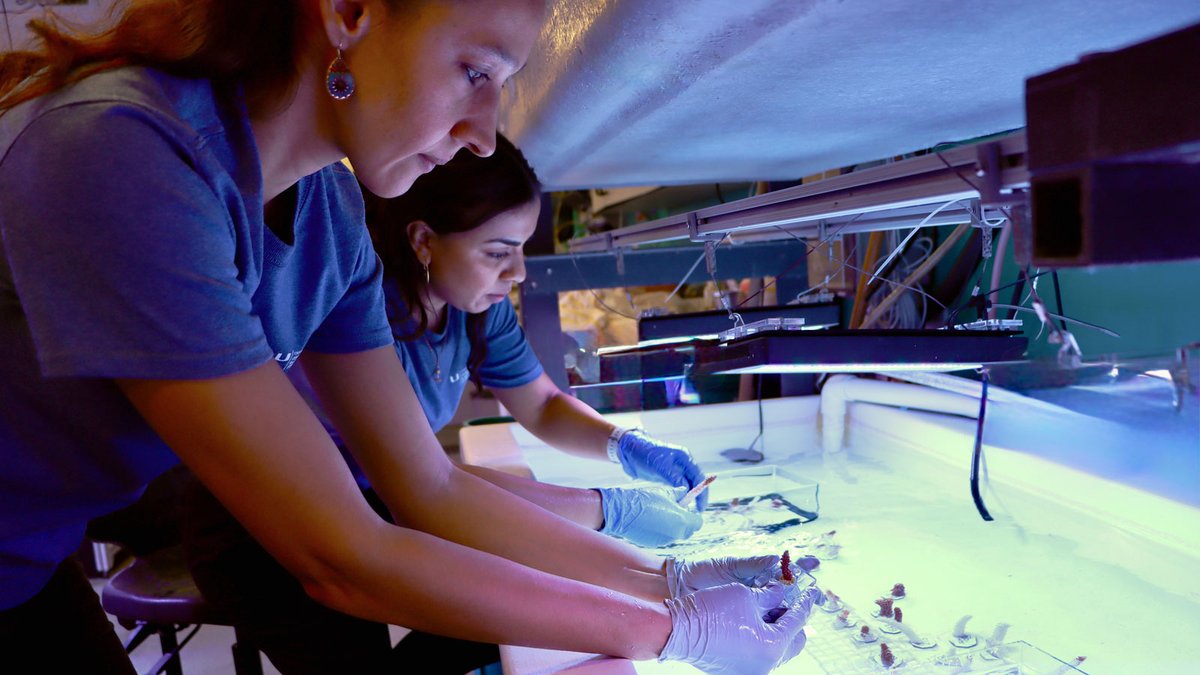
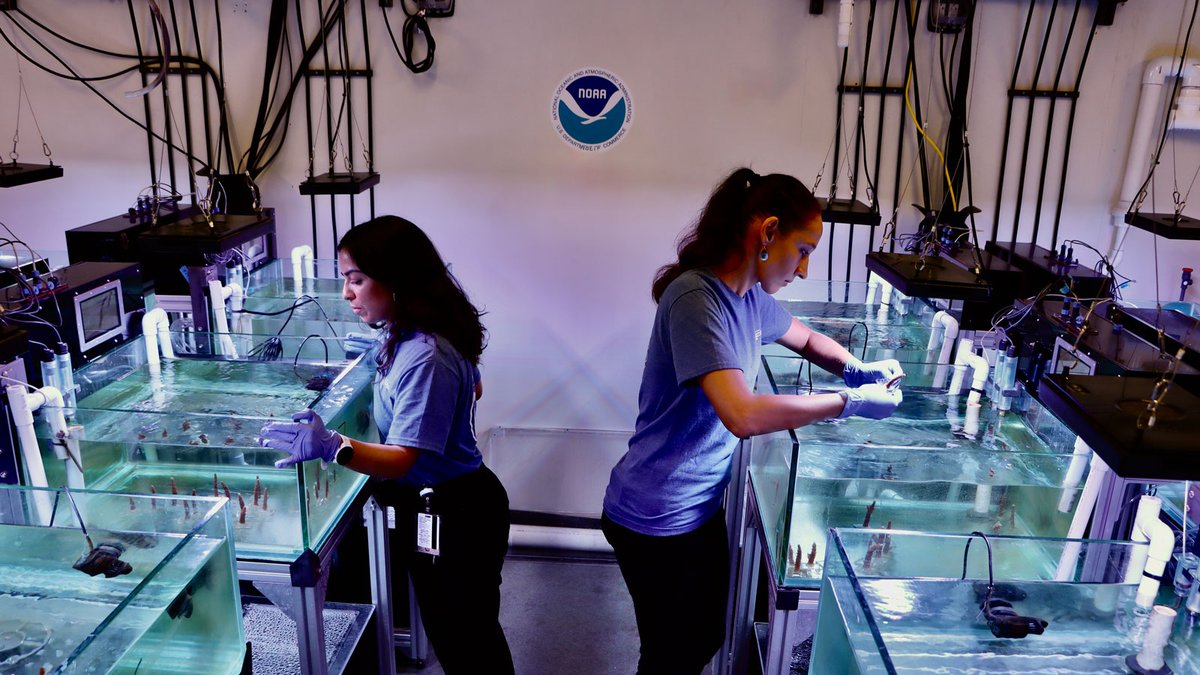
A new study by scientists at @CIMASRosenstiel, @MiamiRosenstiel, and #AOML analyzed nearly four decades of ocean observations along the Abaco 26.5°N hydrographic line and found evidence of significant cooling & freshening of the deep ocean at 26.5°N. More: bit.ly/41MSAX9
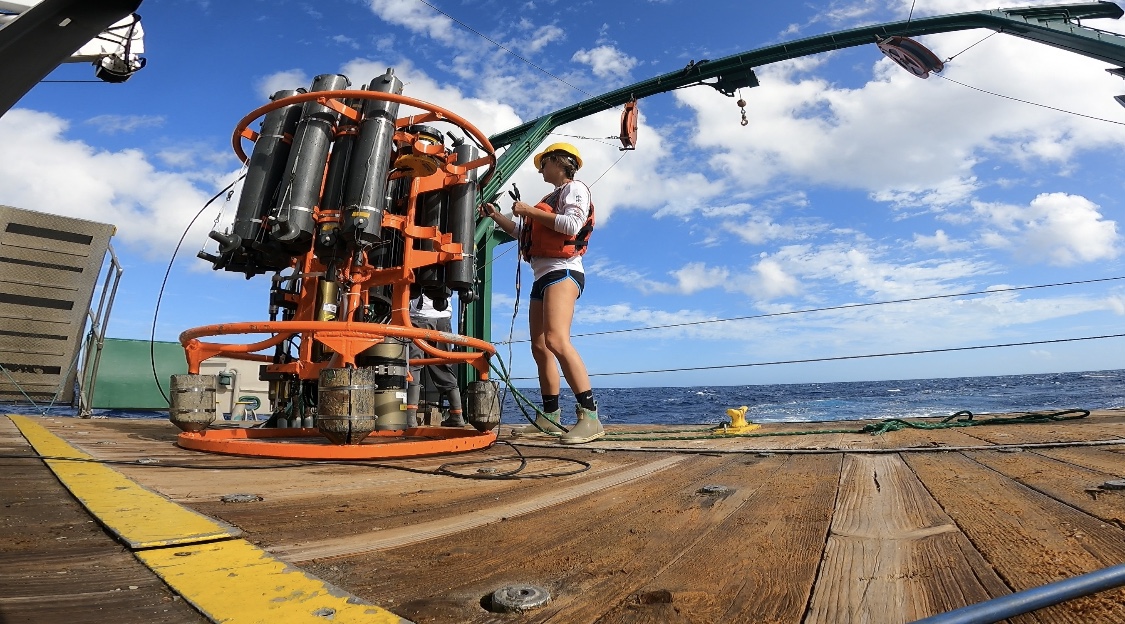
In a new study, scientists at #AOML, @CIMASRosenstiel, and @NGulfInst , showed an increase in future winter extreme hydroclimate events in the US, with extreme droughts becoming more common in the Southwest & extreme floods in the Southeast and Northeast. bit.ly/4hLMnQ0
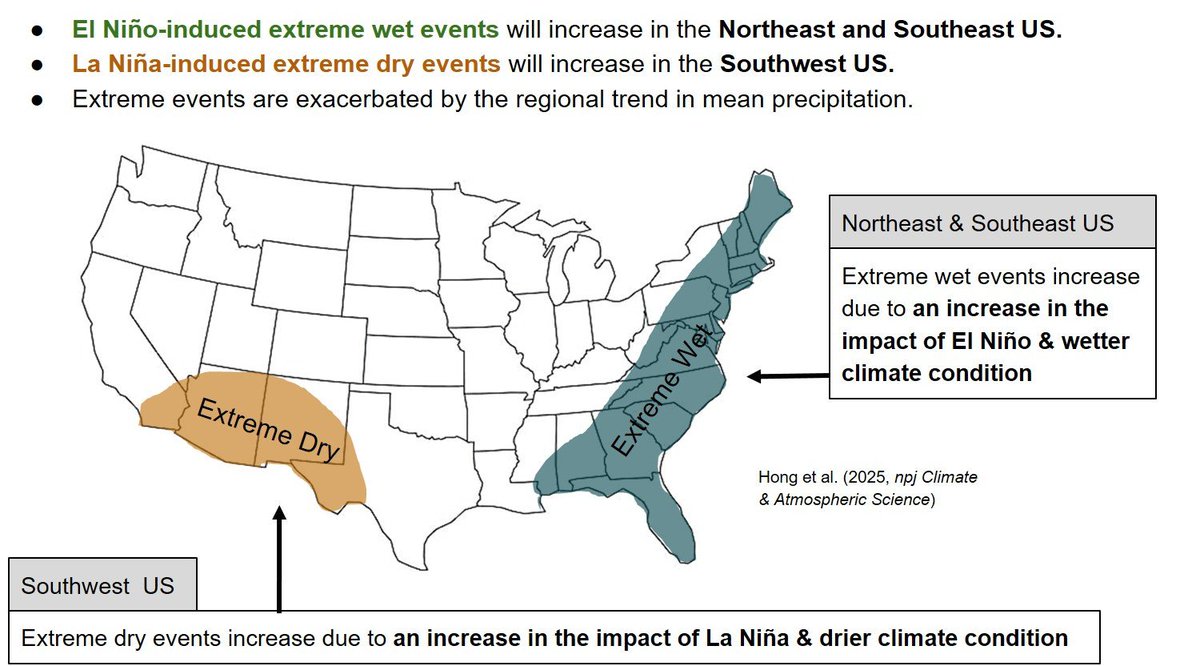
Scientists at AOML have successfully deployed a new series of buoys across essential reefs in the Florida Keys, monitoring oceanic conditions in near-real time - and the impacts of ocean acidification. Learn more here: aoml.noaa.gov/ocean-acidific… Online App: coral.aoml.noaa.gov/mir/


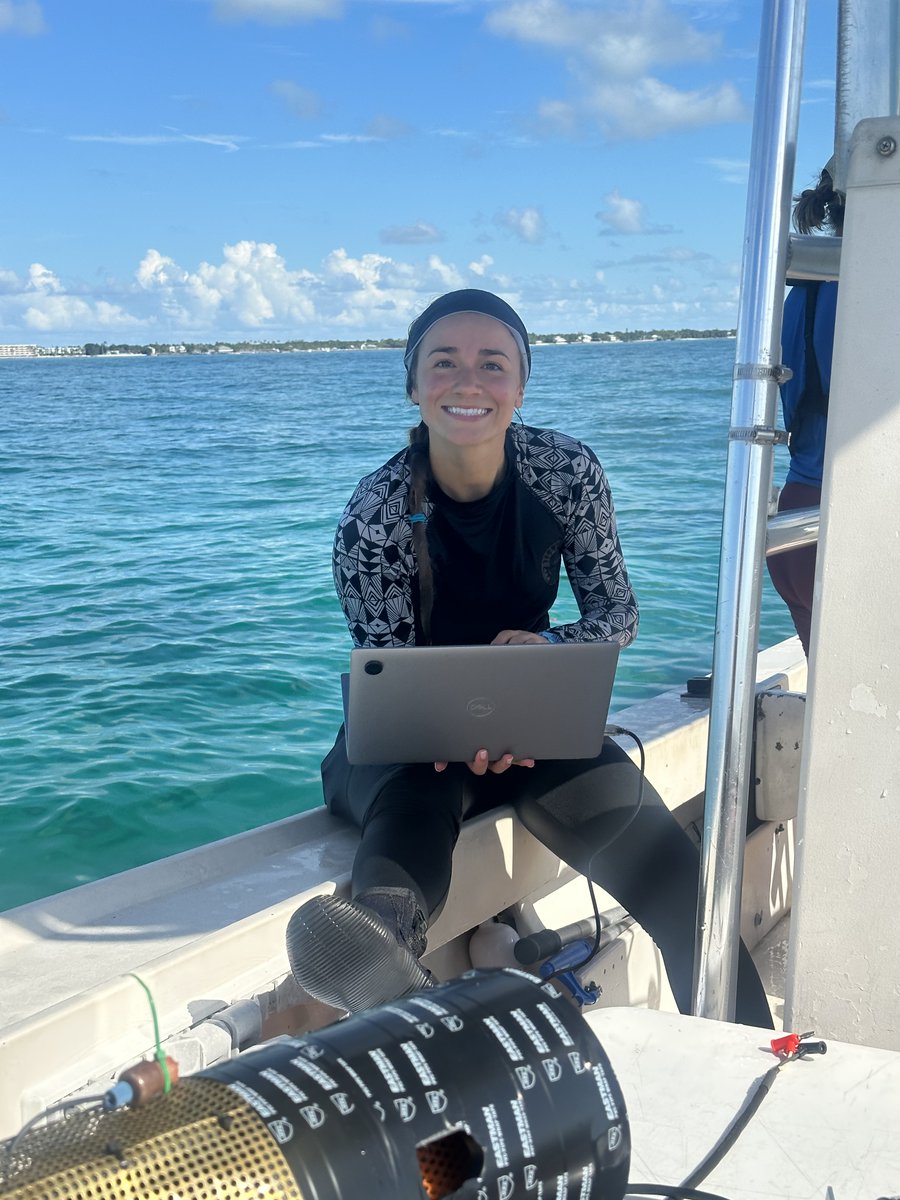
A new experiment is underway. Through an ongoing collaboration led by AOML and @MiamiRosenstiel our researchers are actively assessing the thresholds of reef-building coral species to environmental stressors. Click here: aoml.noaa.gov/fresca/#Module…
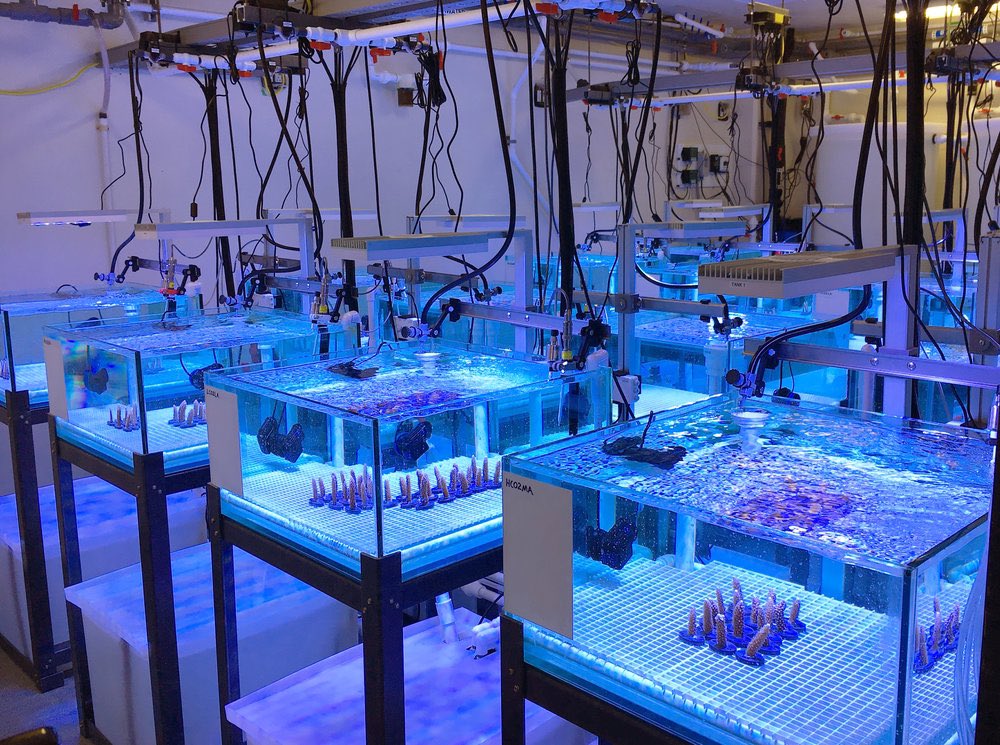
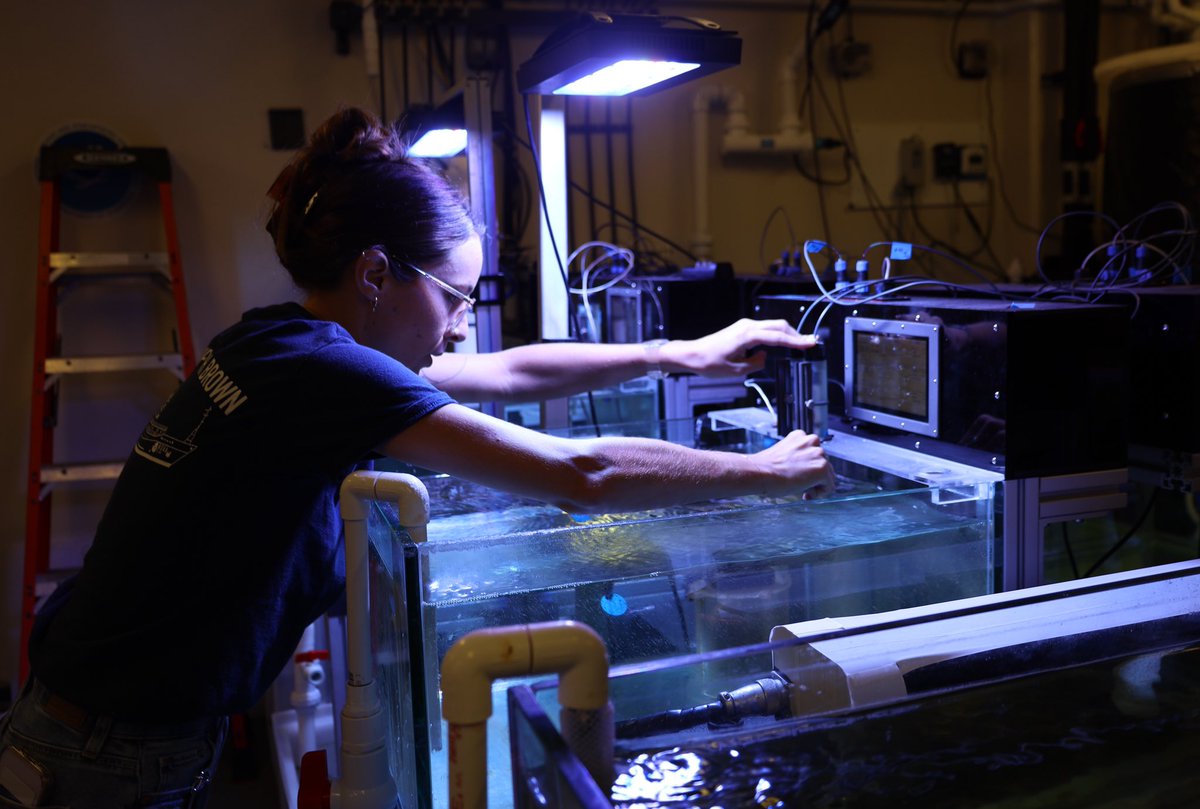
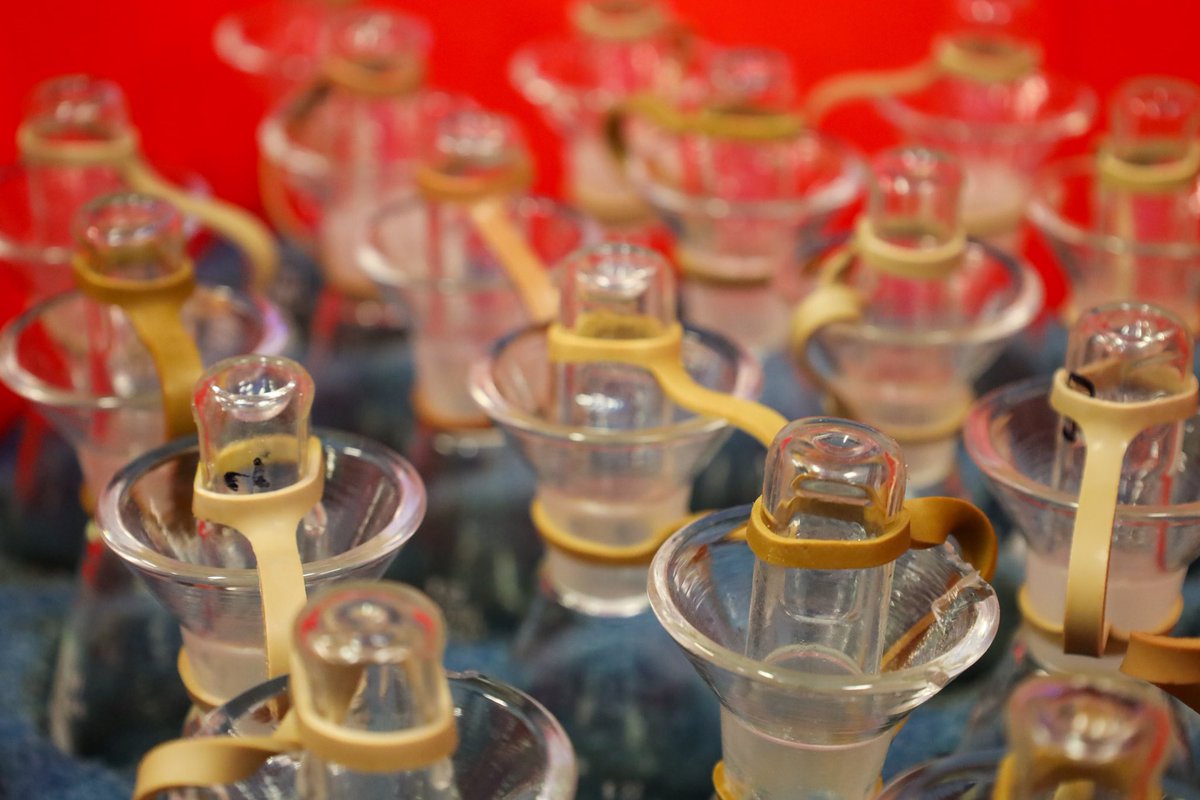
Scientists at AOML have officially started a new series of experiments investigating coral resilience to multiple environmental stressors as part of the four-year project: Florida Regional Ecosystems Stressors Collaborative Assessment (FRESCA). Click: aoml.noaa.gov/fresca/#Module…….
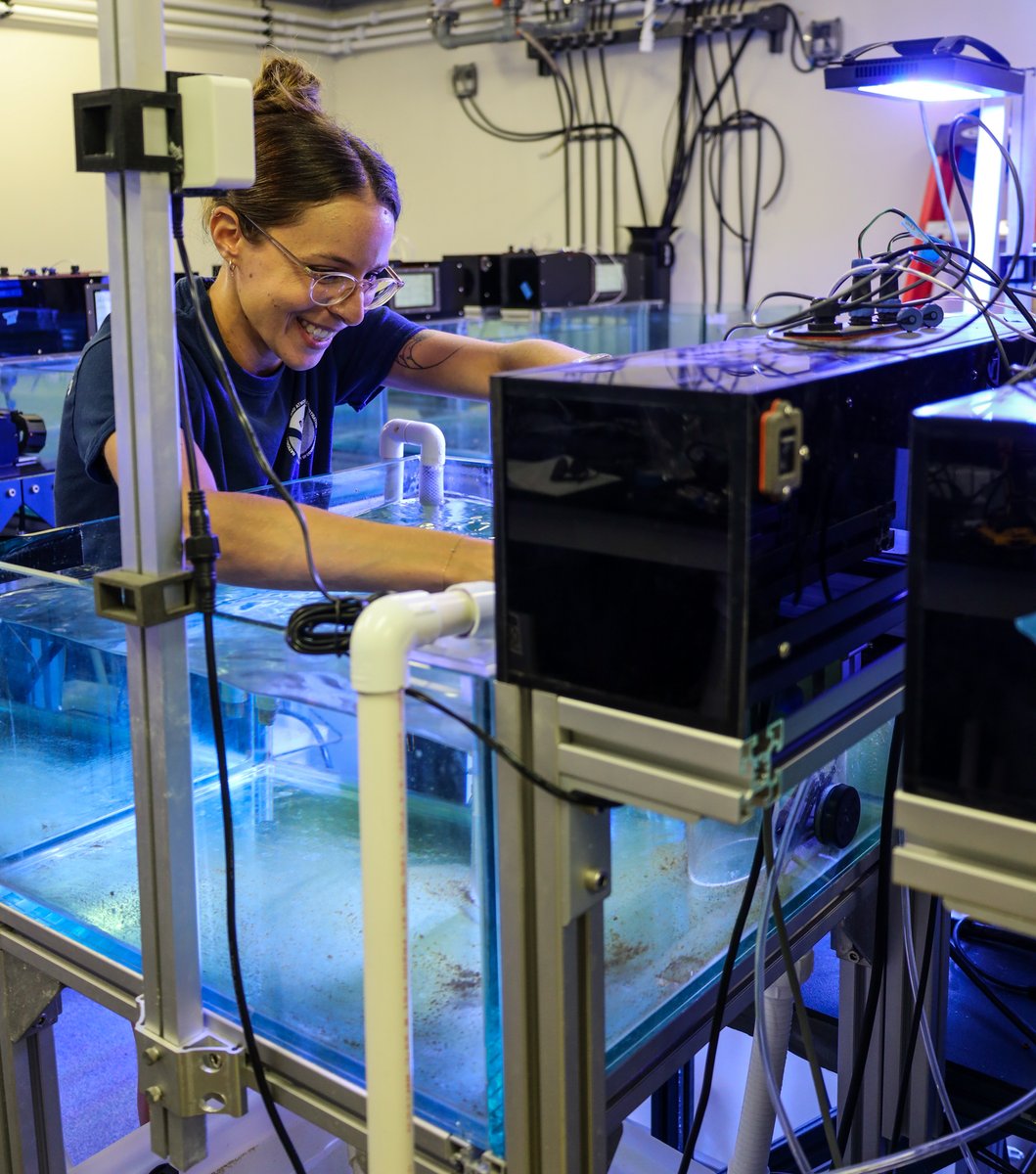
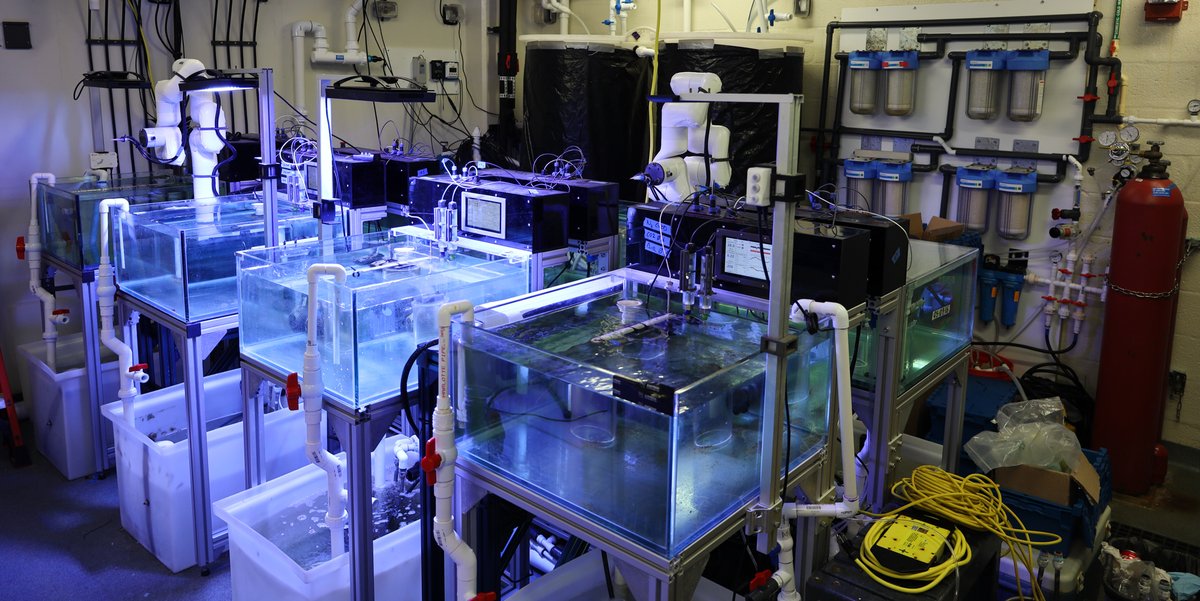
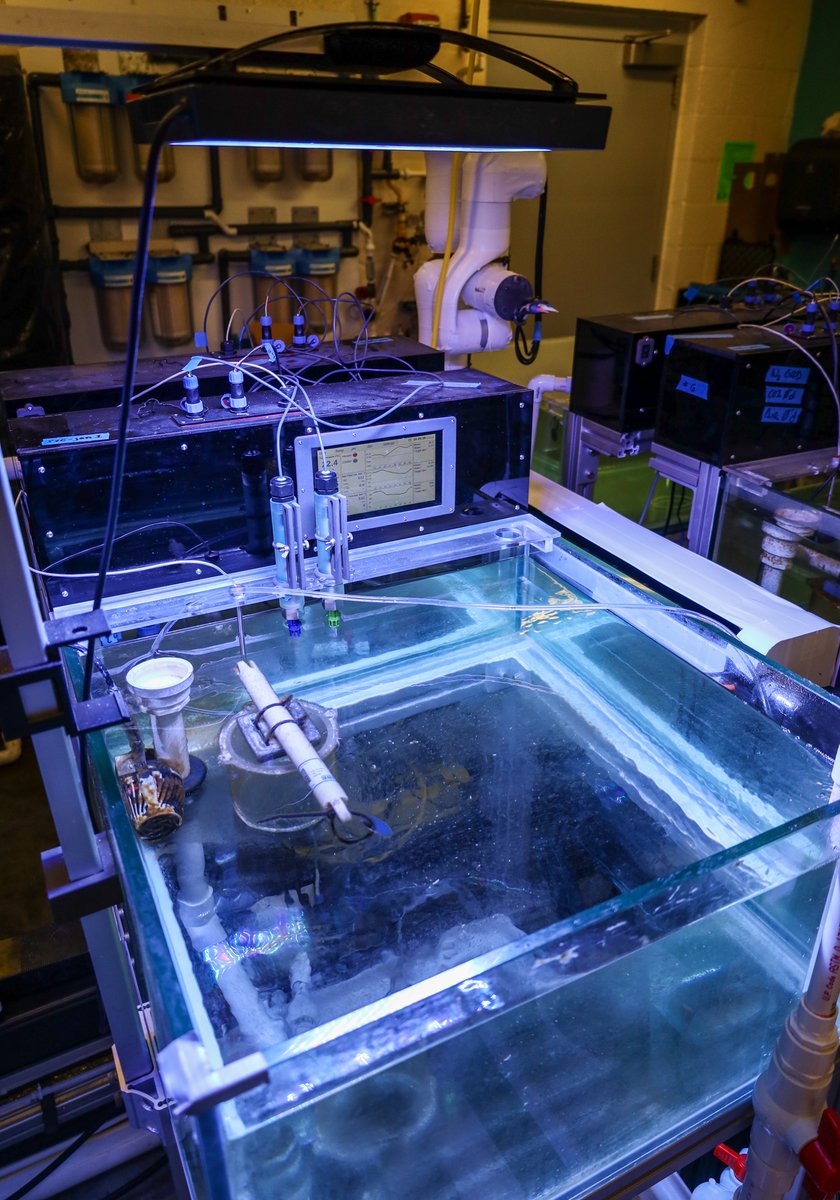

In honor of National Inventors' Day tomorrow, we wanted to highlight the innovation right here at AOML. As we deploy instruments to the depths while traversing entire oceans, designing robotic arms or entire labs, our engineers design technologies to fuel our research.
